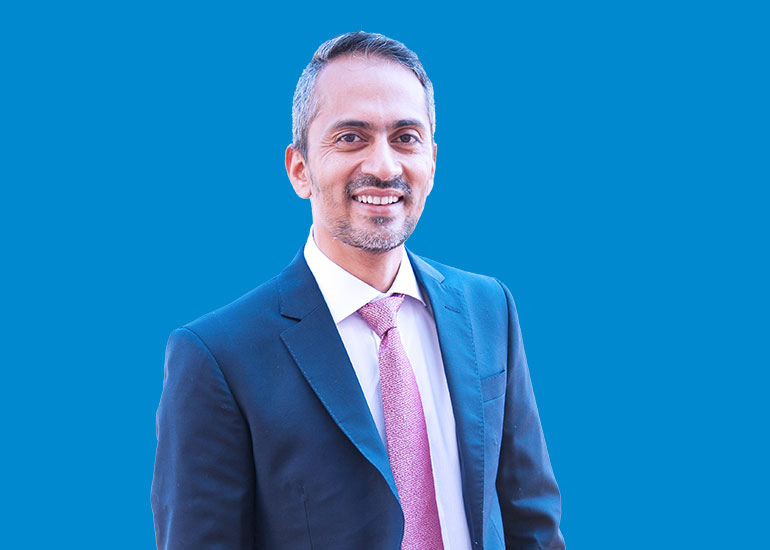Q] Starbucks is reputed for its merchandise and they’re often released as part of collaborations. Could you please talk about your recent partnership with Manish Malhotra?
Collaborations are very much part of our DNA, not just in India, but globally, and we have been releasing limited editions for some years now. Last year, in terms of merchandise tie-ups, we joined hands with brands like Disney and Blackpink. Continuing to lead growth in India, we recently partnered with Manish Malhotra, a prominent voice in the fashion scene of India who has played a major role in the country’s approach to style and fashion. We hope this collaboration elevates our consumers’ daily cup of coffee.
Q] What is Tata Starbucks doing to blend further into the colours of India?
In India, tea is consumed by around 90% of the population. Even if we look at South, where coffee is prevalent, the estimated percentage of regular coffee drinkers is between 15 and 20. The good thing, however, is that over the last 10 years, the number of coffee drinkers has increased, and Starbucks had a role to play in it. Looking at the outdoor market in terms of cafes, I can say that there’s a growing segment of people who are moving towards cafes, and who understand coffee. The cafe market is growing by double digits, and if I look at the penetration, that segment is much higher than the in-house segment. We are very bullish that the segment is growing and will continue to grow. This growth is largely driven by continued exposure and a growing number of cafes, bringing more people into our pool. Another major thing responsible for our growth is innovation. It is important to make people comfortable and see what consumers want before coming up with new offerings, and that’s what we try to do. As Indians, we have known coffee only as hot or cold, coming in different sizes. However, we tend to drink our coffee and tea in smaller cups. After studying consumer insights like these, we came up with a smaller Pico size for Indian drinkers and also launched products like filter coffee and masala chai. It’s not that I will become a tea company tomorrow; that’s not my core competency. I am all about coffee, and will remain so. However, I want to be your one-stop place, and I want to substantiate this by providing ample offerings for different sets of people.
Q] The number of coffee drinkers is significantly rising in India. Keeping that in mind, how is Starbucks elevating the everyday coffee experience for consumers across touchpoints, beyond in-store offerings?
To elevate the coffee experience, we focus on the total experience. It’s not just about coffee; as Howard Schultz says, ‘You come to Starbucks for the first time, but you stay back because of the warmth and connection’. Because most people don’t visit cafes as part of their routine in India, it’s important to elevate the total experience. People visit cafes here with their friends and colleagues, therefore, it’s important to create that connection and provide that warmth. We have created a space that goes beyond being just a sterile environment where you are serving coffee. If you look at the artwork and decor of our stores, you can tell that we try to create it a community space with the inclusion of Indian art and culture.
Q] Starbucks plans to open around a thousand stores in India by 2028, and also expand its presence beyond the Tier I markets. What is the strategy to solidy the brand presence in non-urban India?
We have been expanding for the past two to three years, and we have already opened shops in several places that are beyond the traditional metro. Some three years ago, we were present in around ten cities, but today, we are touching fifty cities. Therefore, we are already there in what you call Tier II and III markets, be it Siliguri or Dehradun, and we will continue our growth. Today, people across regions are looking for the best experiences, and we will continue to give them that. Irrespective of the markets, we will have to create the connections, come out with the best beverages, and undergo innovations.























